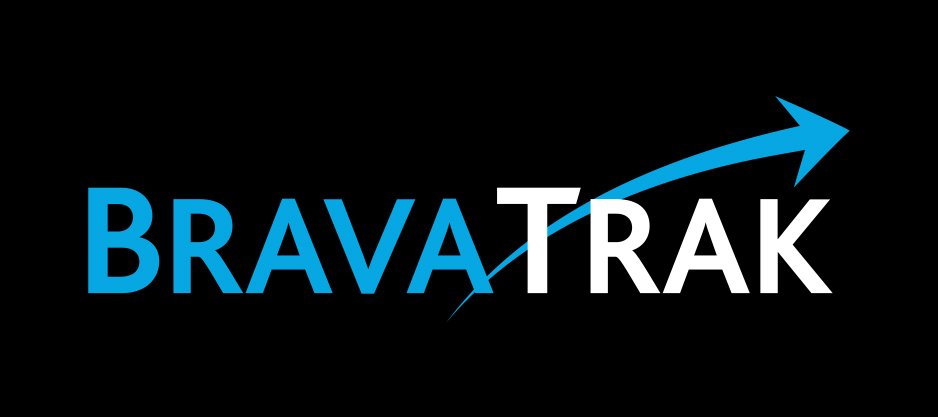How To Build Psychological Safety In 2 Steps
Transcript
Hi there, this is Blair from BravaTrak.
You'll recall I did a post on psychological safety last week, and this week I've been thinking further about that.
Psychological safety is the most important dynamic that sets successful teams apart from other teams. If you haven't heard the term before, it can be defined as a culture in which people feel comfortable asking for help, sharing suggestions informally, and challenging the status quo without fear of negative social consequences.
This week, let's delve into a couple of key things that you can do as a leader to improve the psychological safety of your team.
A recent survey, by a company by the name of Workhuman, found that only 26% of workers felt psychologically safe during the pandemic. The vast majority are experiencing higher levels of burnout, stress, and greater feelings of loneliness. These findings are pretty much in line with the concerns I'm hearing from senior leaders about employee wellbeing.
The survey found the two most practical tools for boosting psychological safety are frequent recognition for good work, and a cadence of check-ins with employees.
Interestingly, psychological safety is highest for employees who are frequently recognised for their good work, and lowest for those who are not recognised at all. Disappointingly, only 51% of survey respondents said they'd been thanked at work in the past month.
Additionally, people who check-in with their manager at least once a week experience higher psychological safety than those who check-in less frequently. And yet only 29% of respondents said they check-in with the manager every single week.
A regular cadence of check-ins then becomes an opportunity to build trust, and sets a foundation of positivity for the manager-employee relationship.
If you follow my work, you'll know that I'm a strong advocate of frequent check-ins with employees, combined with frequent positive feedback, to boost employee engagement and drive results.
In fact, I've written about this very thing in my book, the second edition of which is now available. It's called Game On: how to create a world-class coaching culture so you boost employee engagement and drive results.
It's now clear that not only do these two critical leadership activities improve employee engagement and increase performance, but they also have a massively positive impact on psychological safety.
Well, that's my take. What do you think?
